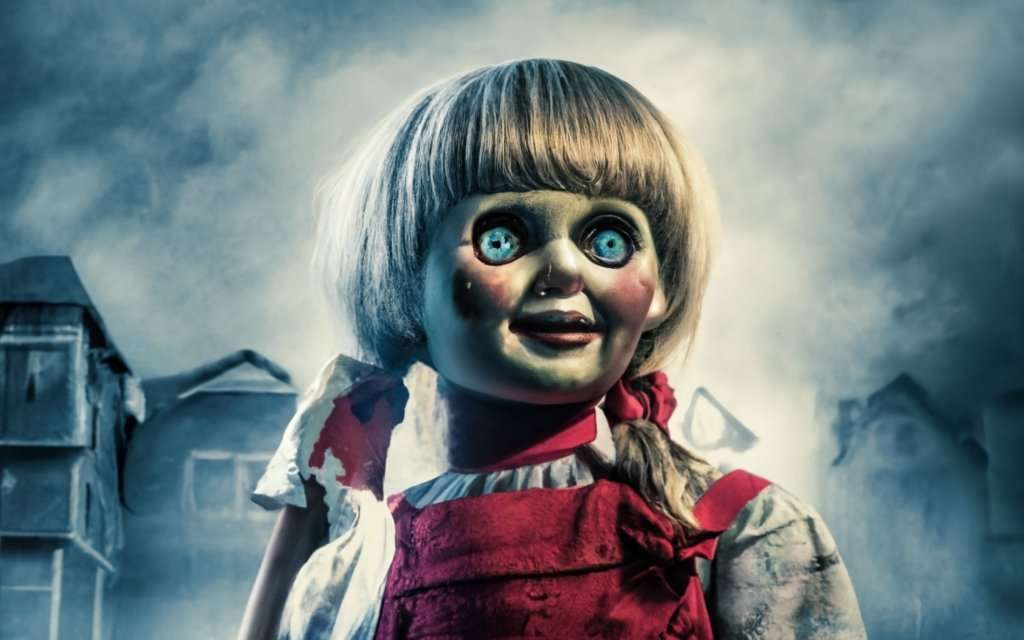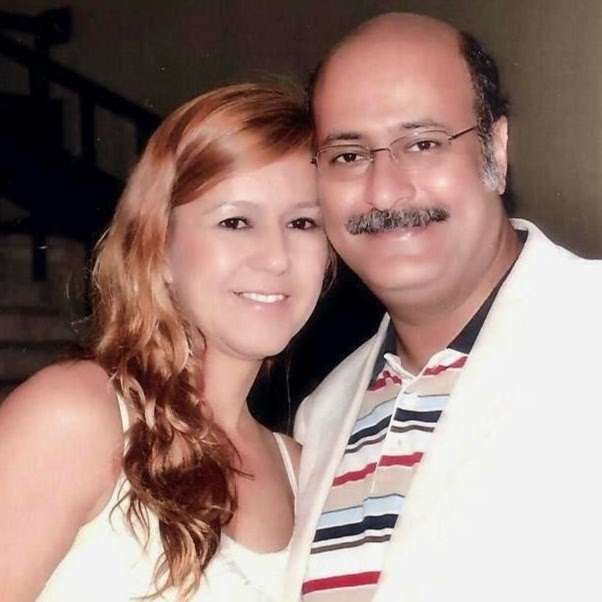
The Twisted History of Killer Dolls in Cinema
Since the early days of film, killer dolls have captured the imagination of horror audiences. Their twisted juxtaposition of innocence and evil provides bone-chilling thrills. In this article, we will explore the full history of these terrifying toys on the silver screen.
The Origin of Killer Dolls in Early Horror Films
The first killer doll in cinema emerged in 1945 with a ventriloquist's dummy in the horror anthology Dead of Night. This uncanny scene featured a ventriloquist increasingly dominated by his sadistic dummy, highlighting the puppet's creepy liveliness. This set the stage for doll antagonists in future films. Killer dolls continued to emerge sporadically in the following decades. In the 1960s, a particularly creepy episode of The Twilight Zone featured Talky Tina, a doll that terrifies a cruel stepfather with chilling threats before ultimately dispatching him with violence. This episode demonstrated the storytelling potential of dolls with murderous intentions.
1960s Iconic Killer Doll Villains That Launched the Subgenre
While killer dolls appeared in early horror, the 1960s brought iconic villains that kicked off the subgenre. Films like Trilogy of Terror in 1975 featured the Zuni fetish doll, memorably brought to life with jump scares and unsettling hunting shrieks as it stalks the protagonist. The Zuni doll's wild hair, jagged teeth, and spear made it an instantly iconic and frightening villain. Magic in 1978 thrilled audiences with a creepy ventriloquist dummy named Fats who abuses his owner psychologically as he slowly takes control. These influential movies demonstrated the potent horror potential of toy antagonists.
1970s Killer Doll Horror Franchises That Thrilled Audiences
The 1970s saw the emergence of killer doll franchises that became cultural phenomena. In 1972, the made-for-TV movie The House That Would Not Die featured a possessed doll named Amanda. With her lifelike menacing stare, Amanda contributed to the scary atmosphere of the haunted house film, proving a breakout start. This kicked off a trilogy of films capitalizing on her sinister appeal. Later, the 1977 horror flick Tourist Trap unleashed a series of sequels featuring its notorious doll masks and mannequins. The visual of the creepy smiling masks coming to life made Tourist Trap hugely influential in the genre.
1980s Slasher Films With Memorably Murderous Dolls
The 1980s was a golden era for killer doll movies, with slashers that thrilled audiences. Dolls in 1987 featured a spooky Gothic mansion with dolls that spring to life to murder the protagonists. With creepy imagery like dolls nailing one victim to a door, it became a cult classic. Child's Play debuted the iconic Chucky character, a foul-mouthed doll possessed by a serial killer. His cheeky villainy and creative kills like scalding someone's face made him an instant fan favorite. Chucky became a horror icon with numerous sequels. Other dolls like the murderous playthings in Puppet Master left a lasting impact.
Most Famous Killer Doll Characters That Became Horror Icons
Certain killer doll characters have risen above the rest to become legendary horror icons. Chucky from Child's Play is arguably the most famous, renowned for his shocking vulgarity and homicidal hijinks across multiple decades. His wisecracking attitude and inventive kills make him both comedic and scary. Annabelle from The Conjuring franchise has also gained icon status, anchored by her deeply creepy design with ghostly white skin and blackened eyes. Her presence as a demonic force across several Conjuring films makes her one of the genre's most chilling dolls.
Behind the Scenes of Iconic Killer Doll Special Effects
The special effects that bring famous killer dolls to uncanny life are essential in striking horror into audiences. Chucky relied on advanced animatronics that allowed increasingly fluid movement with facial expressions. Effects master Tony Gardner carefully designed Annabelle's disturbing realism. For the Zuni fetish doll, wirework, jump cuts, and costume design created the illusion of a living monstrosity. Killer doll actors like Alex Vincent physically bring Chucky to life through movement and voice acting.
Merchandising Killer Doll Film Icons for Long-Lasting Popularity
Smart merchandising has helped keep certain killer doll characters alive in pop culture long after their films faded. Chucky and Annabelle dolls, costumes, and other products have fueled their legions of fans. For collectors, killer doll merchandise has become big business, with rare items fetching high prices online. This merchandising extends their brands and mythos in profitable ways while giving fans cherished memorabilia.
Killer Doll Special Effects Evolution from Practical to CGI
The special effects behind killer doll films have drastically evolved over time. Early films relied on simple practical effects to bring dolls to life through tricks like reverse footage and manipulated props. More advanced animatronics and puppeteering emerged in the 80s to allow dolls to talk and move in compelling fashion. Eventually, CGI allowed dolls to move more smoothly and realistically with digital enhancements. While CGI dominates today, many fans still cherish the creepy practical effects of earlier eras.
Modern Killer Doll Horror Movies and Remakes
While less prolific than their heyday, killer doll films continue to haunt theaters, especially as remakes of earlier classics. The Child's Play franchise enjoyed a reboot in 2019, reimagining Chucky for modern audiences. Annabelle and Chucky TV shows bring the icons to the small screen in episodic adventures. Films like The Boy in 2016 prove the subgenre still has life. For horror fans, the creepy appeal of these toys will never fade even as they are reimagined for new generations.
Real Life Killer Dolls That Inspired Some of the Scariest Films
While most killer dolls are fictional, some of the scariest films actually drew inspiration from real dolls with disturbing backstories. The inspiration for Annabelle came from a real-life cursed Raggedy Ann doll that a paranormal investigator deemed demonically possessed. Robert the Doll, a menacing stuffed figure with a life of his own, inspired the Child's Play franchise. These real dolls and their eerie legends gave filmmakers plenty of material to create iconic horror villains.
The Psychology Behind Why Killer Dolls Are so Frightening
What explains the enduring appeal of killer dolls after so many decades thrilling and chilling audiences? Much of it comes down to psychology. The inherent contrast between innocence and evil provides cognitive dissonance that unsettles audiences. Uncanny dolls also tap into Freud's concept of the uncanny - things that appear almost human evoke unease. Their lifeless nature reminds us of our mortality. This combination provides the foundation for endless bone-chilling entertainment.
Conclusion
Killer doll films have come a long way from their early unpredictable attacks to becoming horror icons and franchises. Their twisted diminutive shapes provide the perfect vessel for exploring our fears and darker emotions from the safety of the cinema. As filmmaking technology improves, they will likely haunt audiences well into the future.

